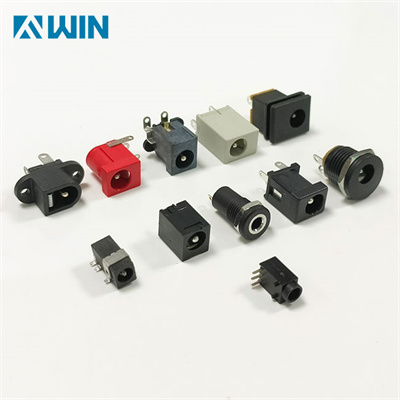Knowledge
What role does DC power jack play in electronic devices
A DC power jack is a fundamental electrical component designed to serve as a interface for delivering direct current (DC) power from a source—such as an adapter or battery—to electronic devices. It functions as a receptacle, typically mounted on a device’s casing or circuit board, and is engineered to securely connect with a corresponding plug, forming a stable power pathway. Constructed from durable materials like metal (for conductive contacts) and insulated plastic (for safety), DC power jacks are built to withstand repeated use while preventing electrical shorts or leaks.

The core role of a DC power jack lies in its ability to facilitate reliable, controlled power transmission. Unlike alternating current (AC) from wall outlets, most electronic devices—including smartphones, laptops, routers, and small appliances—operate on DC, which requires a steady, unidirectional flow of electricity. The DC power jack acts as a gatekeeper in this process: it ensures the correct voltage and current from the power source match the device’s requirements, preventing damage from mismatched power levels.
This functionality is closely tied to DC power jack connectors—the plugs that insert into the jack. These connectors are standardized by size (e.g., 5.5x2.1mm or 3.5x1.35mm) to ensure compatibility, with design features like polarity markers to maintain proper current direction. Often referred to interchangeably as a DC power socket, the jack works in tandem with these connectors to create a seamless link between the power supply and the device’s internal circuitry.
In essence, the DC power jack is the unsung linchpin of portable and stationary electronics, enabling their operation by safely and efficiently bridging the gap between power sources and the devices that depend on them. Without this critical component, the reliable functionality of countless everyday gadgets would be impossible.
RELATED NEWS
- What size is the broadcasting illuminated push button 2025-12-03
- Video illuminated push button 2025-12-03
- Are DIP switches still widely used nowadays 2025-11-03
- Where are DIP switches commonly used in electronic devices 2025-10-28
- The common applications of DIP switches 2025-10-27
CATEGORIES
LATEST NEWS
CONTACT US
Contact: Bella
Phone: 15999819066
E-mail: rucoe@rucoe.com
Whatsapp:+86-15999819066
Add: Taoyuan Street, Nanshan, Shenzhen
